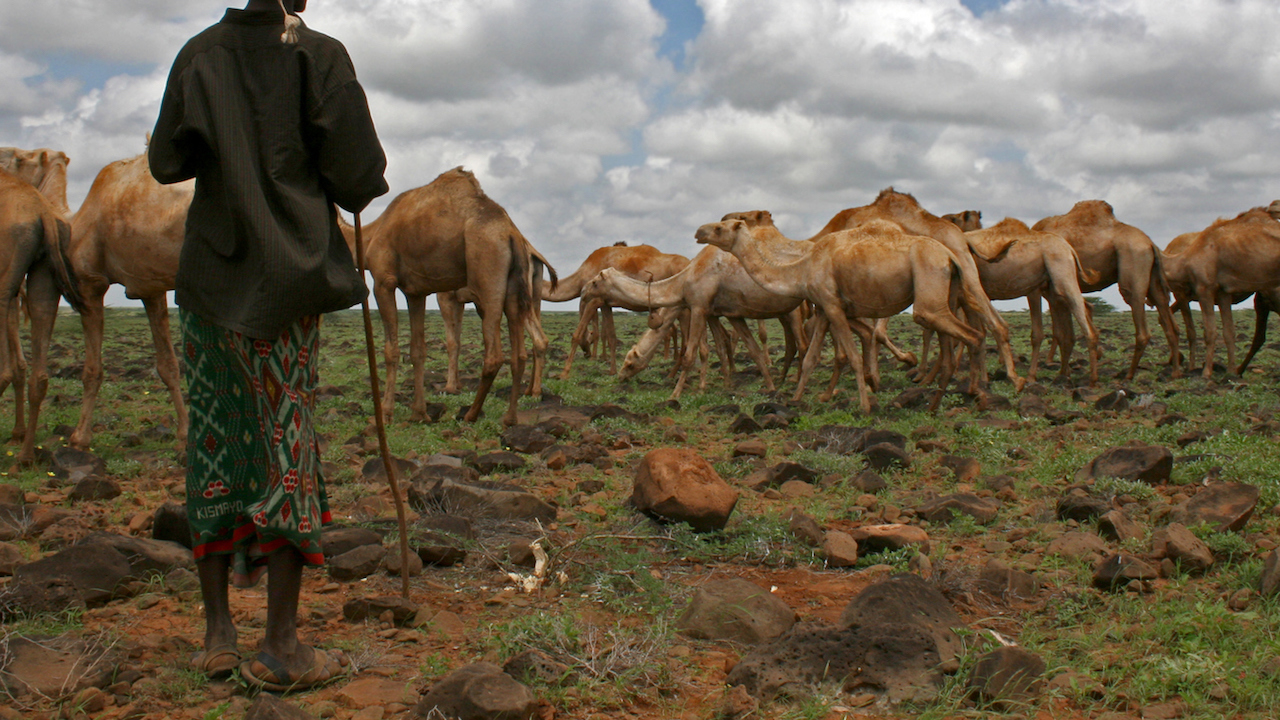How biological survival relates to economic choice is the crux of a new paper published in Evolutionary Human Sciences, co-authored by Michael Price, an anthropologist and Applied Complexity Fellow at the Santa Fe Institute, and James Holland Jones, a biological anthropologist and associate professor at Stanford’s Earth System Science department.
“People have wanted to make this association between evolutionary ideas and economic ideas for a long time,” Price says, and “they’ve gone about it quite a lot of different ways.” One is to equate the economic idea of maximizing utility — the satisfaction received from consuming a good — with the evolutionary idea of maximizing fitness, which is long-term reproductive success. “That utility equals fitness was simply assumed in a lot of previous work,” Price says, but it’s “a bad assumption.” The human brain evolved to solve proximate problems in ways that avoid an outcome of zero. In the Kenyan example, mixed herding diversifies risk. But more importantly, the authors note, the growth of these herds, like any biological growth process, is multiplicative and the rate of increase is stochastic.
As Jones explains, most economics is additive — adding value, adding utility. But evolutionary fitness is multiplicative, so it can’t tolerate zero. The size of the Kenyan’s herd next year is essentially the size of the herd this year times the net birth rate. If there is ever a zero in that equation – a drought kills the whole herd of goats – it becomes a catastrophic loss that the herder can’t overcome.
“These multiplicative factors influence variables that matter for evolutionary fitness,” Price says. In the herder scenario, the decision to diversify ultimately benefits fertility and the long-term survival of the family. The two liken major life decisions — diversifying the herd, buying a house, having more kids — to lotteries with inherent risks and uncertain payoffs. They theorize that evolution strongly favors “pessimistic probability weighting” – choosing lower-profit camels despite the immediate potential payoff of goats. In the long run, Jones says, this may “leave money on the table” but it keeps people in the evolutionary game.
Price gives another example: climate change. From a purely economic standpoint, he says, one could argue it would be cheaper to do nothing now and wait until geoengineering offers a solution however many years down the road. But we don’t know all the risks and potential consequences of multiplicative factors like Arctic permafrost thaws and oceanic circulation changes coming together at once. “We should probably deal with climate change,” Price says, because “the success of our species is probably way more important than eking out a little bit more efficiency over the next five years of economic growth.”
Price also hopes to apply these ideas to archaeology. “I am interested in pushing this perspective into the past.” He aims to study the problems and decision-making patterns that preceded the Maya collapse.
Original post https://alertarticles.info


